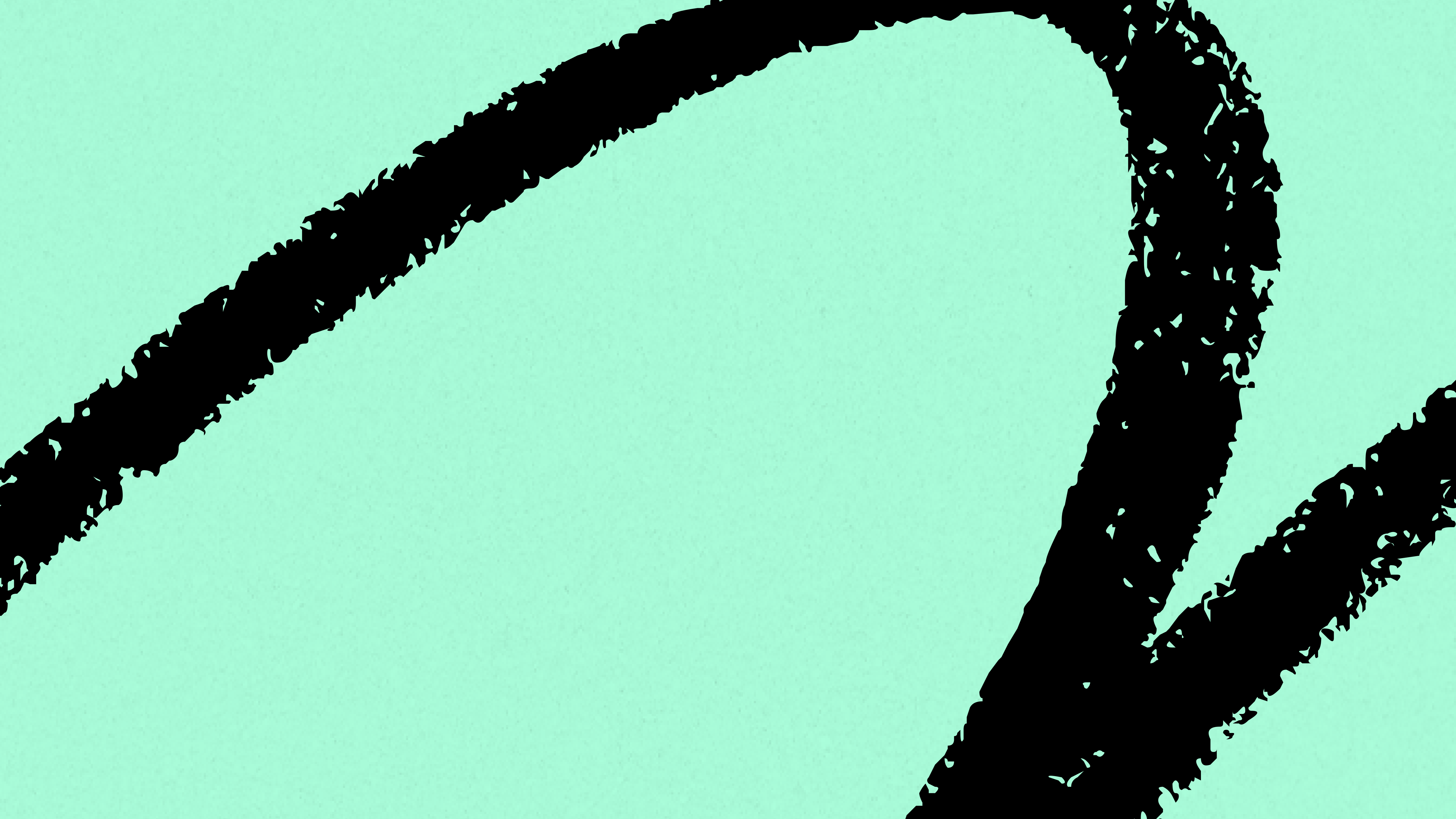
Stop Trying to Make Hard Work Easy
Nir Eyal, author of Indistractable, explains how to cope even when work is hard.
May 5, 2020
Nir Eyal thinks we’re spending too much time trying to make work easy.
He’s a behavioral design expert who taught at Stanford and has written two best-selling books.
But he thinks most of the productivity panaceas, like forming habits or trying to get into flow, that we all turn to in order to get our work done aren’t always as useful as we might hope:
“When most people talk about habits, what they’re saying is, ‘I want something that’s difficult to become effortless. I want the benefits but I don’t want it to be hard,” Nir said to me in an interview a few weeks ago. “Well, I have news for you: some things are just hard. There’s no way of getting around it.”
The problem is, when we expect work to be effortless and it ends up being difficult, we often blame ourselves. So the very tools we’re using to make work easier, can instead make it easier for us to give up.
Nir recommends a different approach. He thinks the number one barrier to getting our work done is distraction. It’s all around us: from our social media feeds, to our app notifications, to pseudo work distractions like our email inbox or our todo lists.
Most people think distraction is caused by technology, or that being distracted means there’s something wrong with them.
But Nir thinks that moments of distraction are actually our own human reaction to the discomfort we feel when we sit down to do our work. “They’re not character flaws, they’re emotional regulation problems,” he says
Nir thinks that we should develop tools to deal with internal discomfort instead of burying ourselves in distraction. And that once we’re indistractable, we’ll be ready to do our best work.
In this interview we talk about Nir’s unorthodox definition of distraction, go through his four-step process to becoming indistractible, and explore how he uses this process in his own life.
Let’s dive in!
Nir introduces himself
Hi, I’m Nir Eyal. I'm a behavioral designer which means I use consumer psychology and behavioral design to help companies build the kind of products that build good habits in our lives.
I’ve written two books, Hooked and Indistractable. Hooked was about how to build habit-forming products. Indistractable is about how to break bad habits.
I taught for many years at Stanford at the Graduate School of Business, and then later at the Hasso Plattner Institute of Design. And today, I mostly teach and write about how to build good habits and break bad ones.
Distraction is not what you think it is
Before we can eliminate distraction we have to understand what it is.
To define distraction, we’ll define it by what it is not.
Most people say that the opposite of distraction is focus. But I don’t think that’s true. I think that the opposite of distraction is not focus, it is traction.
Both “traction” and “distraction” actually come from the same Latin root, trahere, which means to pull.
Traction is any action that pulls you toward what you want to do. By contrast, distraction is any action that pulls you away from what you planned to do.
This is a really, really important point. Because a lot of people in the productivity space don’t differentiate between traction and distraction.
You can see this most clearly in people that do a lot of pseudo-work. I used to do it too: I would sit down at my desk and I would say, “Okay, now I’m going to get my work done, I’m going to stop procrastinating. But first let me just check email real quick. Let me just do that one chore on my todo list.”
What people don’t realize is that if you’re buried in your email inbox instead of doing your most important work, you are just as distracted as if you went on Facebook or Instagram or whatever. Anything that is not what you planned to do is by definition a distraction.
And I think that things like email, or small todo list items are actually the most pernicious distractions because they feel productive. If I’m checking something off of my todo list that feels productive.
What we don’t realize is that in those instances, distraction has tricked us into prioritizing what feels urgent as opposed to what we really need to be doing. And that is toxic for your productivity, for your well-being, and for your happiness.
And by the way, this doesn’t mean that you should never check Twitter or Facebook. If you want to scroll through Twitter or Facebook, do it! As long as you do it with intent, the time you plan to waste is not wasted time.
So: anything is a distraction as long as it’s not what you planned to do. In the same way, anything can be traction, too.
The word that differentiates the two is intent.
Nir has a simple strategy for eliminating distraction
In my book I describe my strategy for eliminating distraction. That word, strategy, is very important. The strategy is critical, because tactics are a dime a dozen.
There isn’t going to be one tactic that works for everyone. You use the strategy to try individual tactics until you find the right formula for you.
My strategy for eliminating distraction is as follows:
- Master internal triggers
- Make time for traction
- Hack back external triggers
- Prevent distraction with pacts
That’s it. We’ll go into each of these and talk about what they are.
Most moments of distraction are caused by internal triggers
Distraction is caused by two things: internal triggers and external triggers.
External triggers are all of the things that we already think a lot about. It’s the pings, and the dings, and all the things in our external environment that are pulling our attention away from the thing we had planned to spend our time on.
These are important to pay attention to, but if you actually observe how people spend their time, the thing that is more likely to steal our attention is the internal triggers.
Internal triggers are what’s happening inside of us.
It turns out that distraction and procrastination are actually our default responses to uncomfortable feelings. They’re not character flaws, they’re emotional regulation problems.
When we procrastinate or distract ourselves it’s because we want to escape from uncomfortable sensations: boredom, loneliness, fatigue, uncertainty. Sometimes we escape through news, booze, football, or Facebook. Everyone has their drug of choice. But we’re all trying to do the same thing with these distractions: attempting to relieve emotional discomfort.
So if you want to deal with distraction the first thing you have to do is deal with the negative emotional triggers that lead to it.
None of the other shit works, whatever any productivity guru says. You first and foremost have to start with the internal triggers.
If you don’t have the tools to deal with emotional discomfort, none of the life hacks work.
How he deals with internal triggers in his writing routine
One of the places in my life where I have to deal with a lot of internal triggers is in my writing routine.
I write every day in the morning for 2 hours, 5 days a week. No exceptions.
In this system I only have one goal: to work on whatever it is I say I’m going to work on for as long as I say I’m going to work on it. That’s it.
What you’ll also notice is that I don’t set a word count. Word counts are terrible. It’s really hard to use things like word counts because study after study has shown that people are terrible at predicting how long it will take to do something. We’re awful at it.
So some days I’ll produce 300 words. Sometimes it’s 1,000. Sometimes it’s 3. But it doesn’t matter. I just stay at my desk and try to write for the 2 hours on my schedule. And that’s the most important thing.
Now, people might think that because I write every day that it’s easy.
That’s just not true.
When I sit down to write a few things come up regularly. Boredom. Fatigue. Anxiety. Uncertainty.
There’s a lot of uncertainty in writing. I never know if a particular line of research is going to be a waste of time. Most of the stuff I write about doesn’t get published.
Most of what I produce isn’t illuminating. It’s not exciting. It gets trashed.
So there’s constantly this uncertainty of, “Is this going to be any good? Am I right? Are people going to find it useful?”
One way to deal with that is to lean into it instead of trying to get away from it. If you lean into the uncertainty, you can start to find beauty in the unknown.
For example, you can look for the variability in the work — on how the way you feel about it, that feeling of uncertainty, is changing over time. You can also focus more intently on the details of the work — the minute details that make it the way it is. That’s how people learn to love all kinds of things.
So a piece of research isn’t this dark scary thing anymore, it starts to unfold like a flower. You start to see the beauty in the task. For me, that’s what uncertainty is. It’s actually what drives me back to research now rather than causing me to be distracted — because I don’t know what’s going to happen. And that’s exciting.
But there are other ways to deal with the triggers that come up too. For example, another trigger for me is the desire to look something up. I’ll be writing and I’ll get this insane itch to go Google something — which I know will send me down a rabbit hole of distraction.
l have something I call the 10 minute rule for this.
Rather than Google it, what I'll often do is write down on a piece of paper whatever it is I think I need to look up. And then I'll give myself 10 minutes. And if it's so important after ten minutes then maybe I’ll look it up. Usually that works, and I can just get back to work.
By the time the ten minutes are up what I felt like I needed to Google doesn’t seem that important anymore.
Sometimes, though, the urge doesn’t go away. It’s the same type of urge that you might feel when you want to eat a piece of chocolate cake.
If that happens, then I do what I call “surfing the urge.” You basically sit with the sensation, and examine it. You’ll find that if you can do that, it doesn’t last forever — even though it feels like it will.
The key is not to always expect things to be easy
But the key here, the point I really want to drive home, is that sometimes this stuff just isn’t easy.
When people say, “I want to start a habit,” what they’re really saying is: “I want something that's difficult to become effortless.” They’re saying: “I want the benefits, but I don't want it to be hard.”
That's why there's this myth of habits, because people know the definition of a habit is a behavior done with little or no conscious thought. But I have news for you folks: writing, like many other behaviors, is hard, it requires a lot of conscious thought, at least it is for me.
It’s the same deal with flow. You’ve heard, I’m sure all of the research on flow, and it’s actually not very good advice for most people. Because again, it makes you think you can make anything effortless. You know, professional basketball players are in flow. But how do you get into flow when you’re doing your taxes?
Same with writing. I've written two books, and hundreds of articles. Writing is never easy. It's boring. It's frustrating. It's difficult. It's anxiety producing.
There's all these internal triggers when I write. And so if I don't have the techniques to disarm that discomfort so that I can stay on task I'll get distracted. And that's why we shouldn't worship at this altar of habits or flow.
We have to get comfortable with discomfort.
How to plan your time
Once you’ve started down the path of mastering your internal triggers, the next step is to plan how you spend your time. I call this making time for traction.
Your schedule needs to be defined by your values. Values are the attributes of the person that you want to become. Once we understand the kind of people we want to become, we can create a schedule that maps to that.
This feels complicated but it’s not. I don’t want you to do a vision board. I don’t want you to do a 5 year plan. All I want you to do is make a schedule for tomorrow. That’s it. Just make a schedule.
There are three life domains that are important to consider: You, Your Relationships, Your Work.
I want you to block time on your schedule tomorrow for each of those three life domains. The project is to figure out how to turn your values into time. So, if one of your values is your mental well-being the question is: how much time are you going to put on your schedule for meditation, or therapy, or whatever else supports you in that way? When are you going to do it?
How much time do you want for your relationships? Put it in your calendar.
How much time do you need for work? And keep in mind there are two types of work: reactive work (responding to emails, Slacks, etc.) and reflective work. Put that in your calendar.
That’s it.
You can’t call something a distraction unless you know what it distracted you from. The only way to know if you were distracted is if you planned to spend your time on one thing, and instead you spent your time on something else.
Once you’ve mastered your internal triggers, and planned your time you’re ready for the 3rd step: hacking back external triggers.
How he deals with external triggers in his writing routine
Once I sit down at my desk, I try to eliminate my external triggers. This is the kindergarten stuff.
I turn off all of the notifications, and make sure my workspace is free from distraction. For example, you’ll notice my desktop is totally empty. That's a big deal, right?
(Want to automatically keep your desktop clean? Try Sparkle for Superorganizers Members.)
You don't want any external triggers in your workspace. Do Not Disturb is always turned on. So I don't get any bothersome notifications on my desktop. That's all the time. I think notifications on your desktop are a bad idea. If someone really needs to get in touch with me they can use my phone.
One big external trigger, especially right now, is kids. This is especially difficult for us now that we’re working from home.
To deal with kids, the first thing you need to have, of course, is a really strong relationship with your partner. Ideally you can share the load of taking care of them at different times, so that each of you can get things done. You set a schedule where one partner takes the kids from W hour to X hour, and then the other partner takes them from Y to Z
But aside from that, I have a technique that’s been really effective for reducing the number of interruptions I get from my kids. It’s a hat that I put on when I’m working. We call it the concentration crown.
Nir’s wife, Julie, wearing the concentration crown
When I’m wearing the concentration crown it sends a signal to my daughter that I can’t be interrupted. By the way, this also works for co-workers too. You don’t necessarily need a silly hat — you just need a way of letting people know when you can and can’t be interrupted.
It's incredibly effective with her.
He uses pacts to deal with the tasks he has the most trouble with like exercise
I do my writing routine every day by:
- Mastering internal triggers
- Making time for traction
- Hacking back external triggers
And that’s enough for me for writing. But there’s actually a fourth component of the system that I want to talk about: pacts.
I don’t use them for writing, but I do use them for the tasks that I have to do that I’m most likely to skip out on.
For example, I always hated working out, and I actually used to be clinically obese. I really always hated exercise. But I work out every morning anyway — so the question is, how?
Well first, I’ve done the three other steps in the system. I’ve mastered my internal triggers around exercise. It’s on my schedule every day. And I’ve eliminated external triggers that might prevent from doing it.
But sometimes even that doesn't always work. In those cases, I use a pact.
There are a few types of pacts, but when it comes to exercise I use a price pact. Basically, what that means is I’ve established a monetary disincentive for me to skip my workout. It works like this:
In my closet I have a calendar, and pinned to the calendar is a $100 bill. For each day on the calendar I can either burn the calories by going to the gym, or I have to burn the $100 bill. Each day I move the bill to the next day on the calendar and make the choice over again.
And guess what? It's been years now and I've never burned the money.
Most people are shocked by this.
“Do you really have to burn the money?” they ask.
The answer is yes. You have to burn it. It's called burn or burn. Why? Because giving it away feels good, you have to feel bad about it in order for this to work.
By the way, I've never burned the money. Why? Because I just do the 20 fucking pushups.
Nir Eyal’s latest book, Indistractable is available on Amazon.
This piece was edited by Nathan Baschez and Paul Smalera.
Want to keep your desktop clean like Nir Eyal?
We built an app to help you keep your desktop clean.
It’s called Sparkle and it’s made exclusively for Superorganizers Premium members.
It automatically turns this:
Into this:
It’s inspired by Tiago Forte’s PARA methodology — the idea that files should be sorted by actionability.
Sparkle sorts your files into two folders: Recents and Archives.
Recents is any file that has been created or modified in the last 3 days
Archives is everything else
It’s simple, and clean, and designed to make sure that your desktop is free from external triggers, so that you can do your most important work.
Find Out What
Comes Next in Tech.
Start your free trial.
New ideas to help you build the future—in your inbox, every day. Trusted by over 75,000 readers.
SubscribeAlready have an account? Sign in
What's included?
-
Unlimited access to our daily essays by Dan Shipper, Evan Armstrong, and a roster of the best tech writers on the internet
-
Full access to an archive of hundreds of in-depth articles
-
-
Priority access and subscriber-only discounts to courses, events, and more
-
Ad-free experience
-
Access to our Discord community
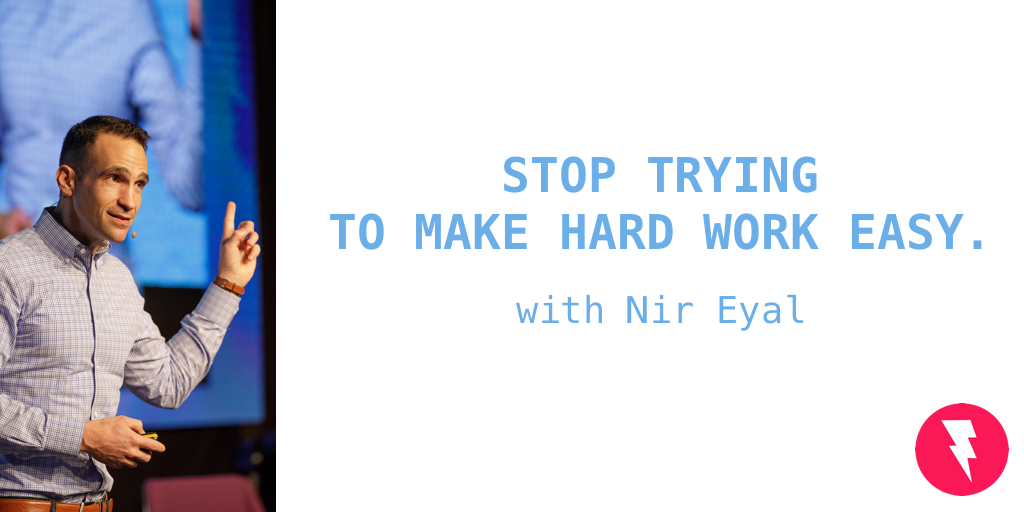

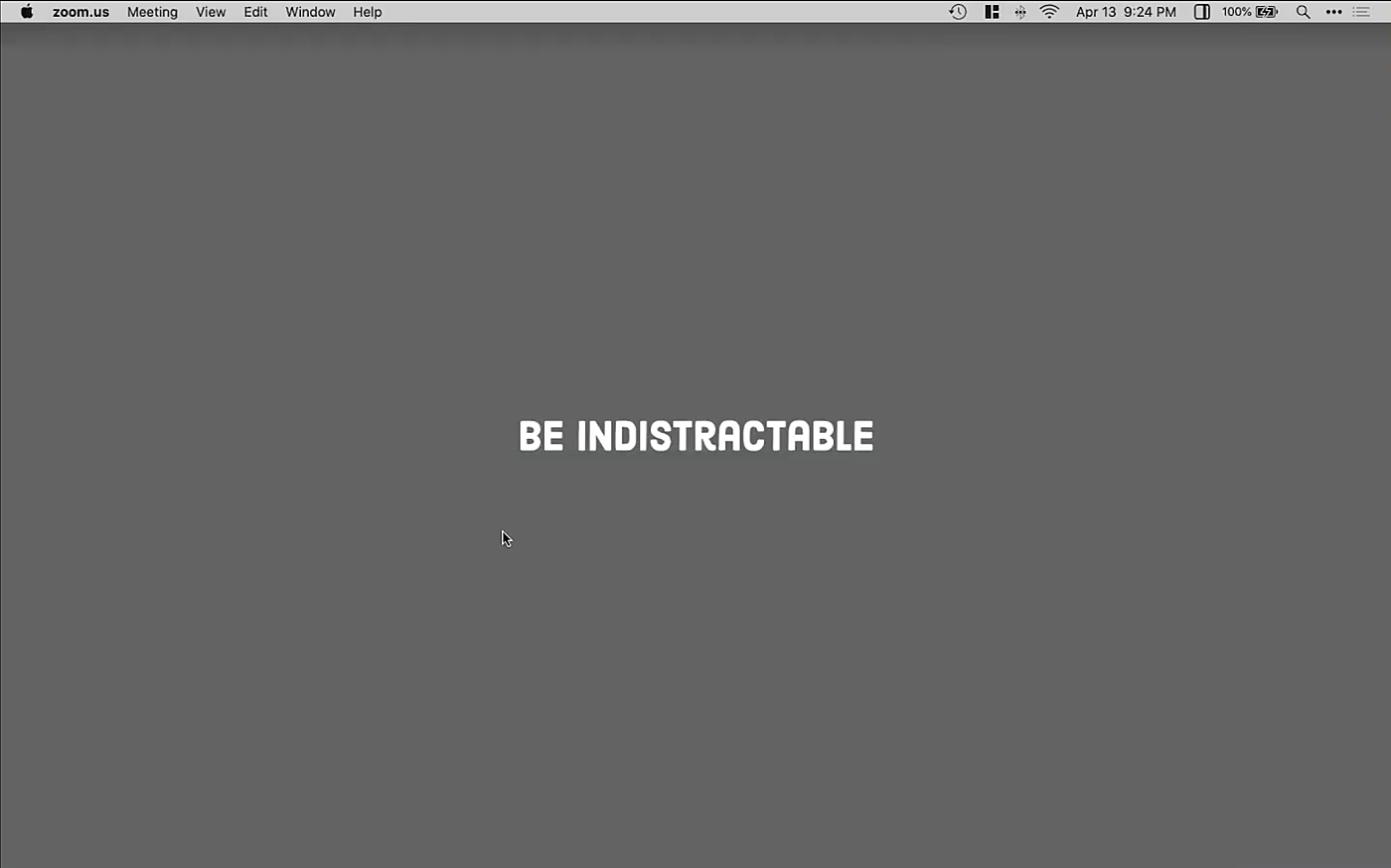
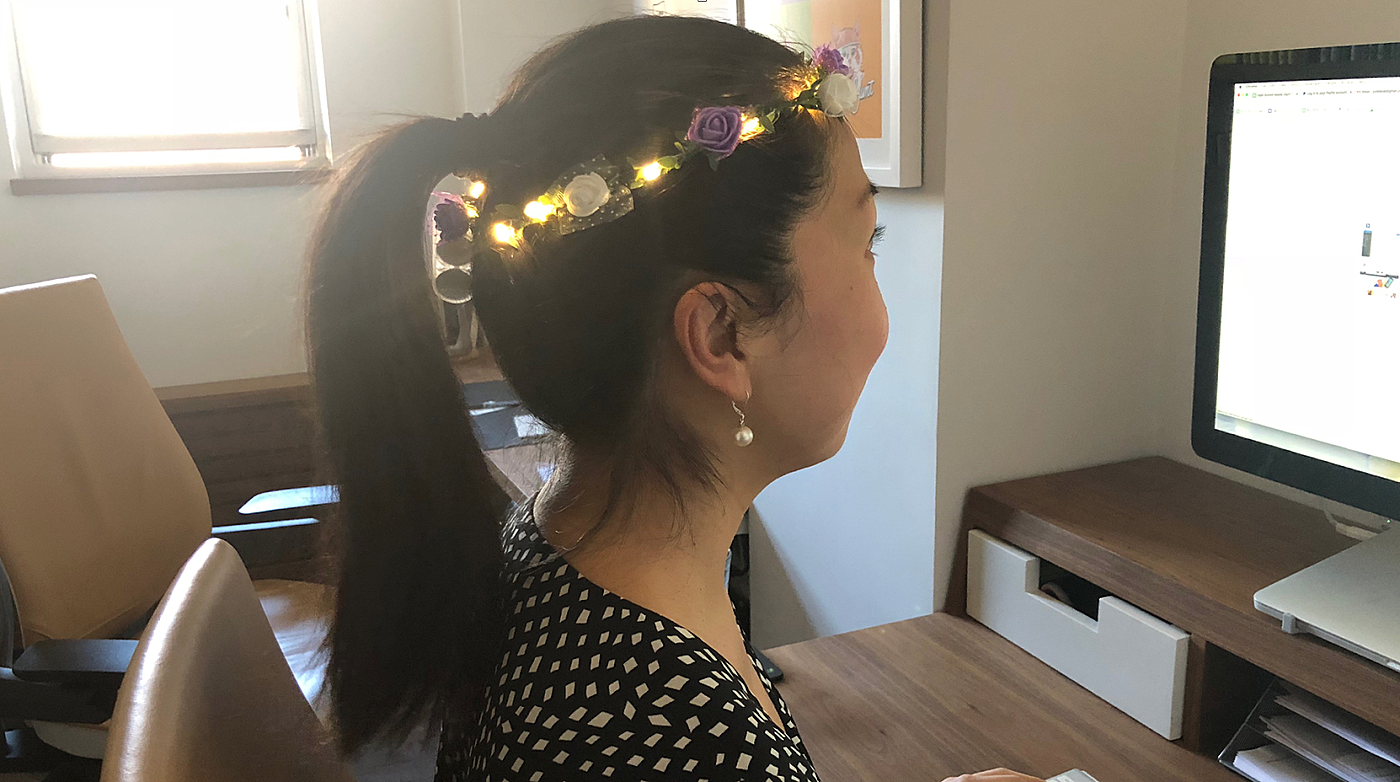
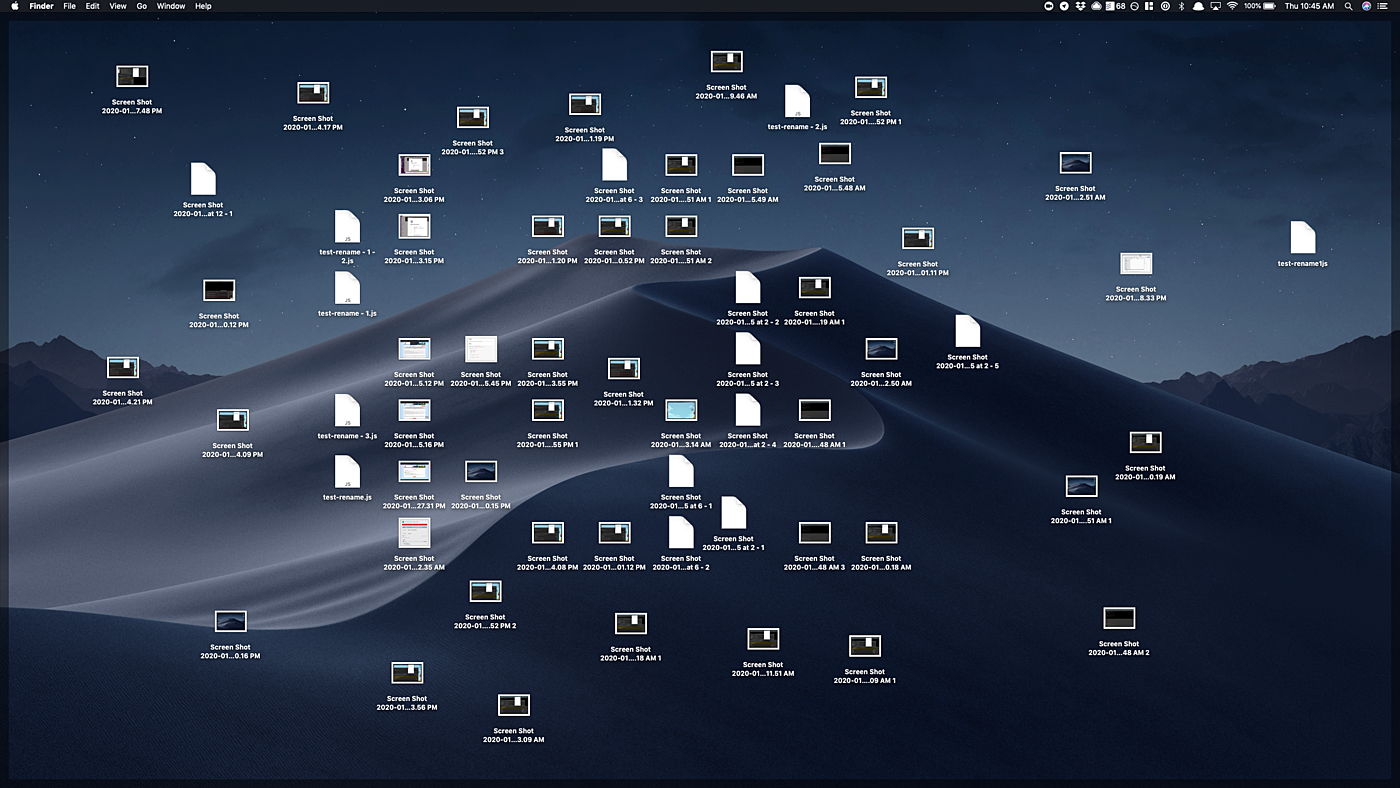



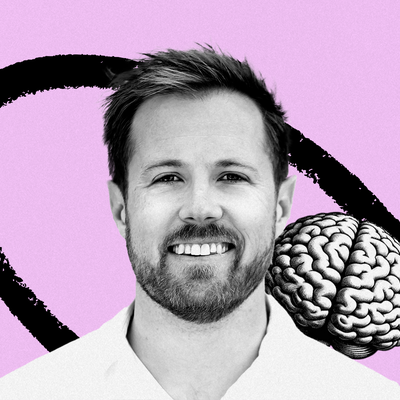

Comments
Don't have an account? Sign up!